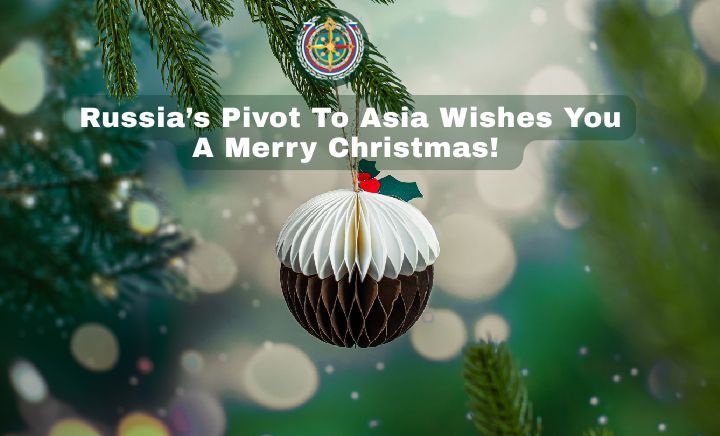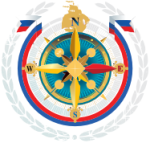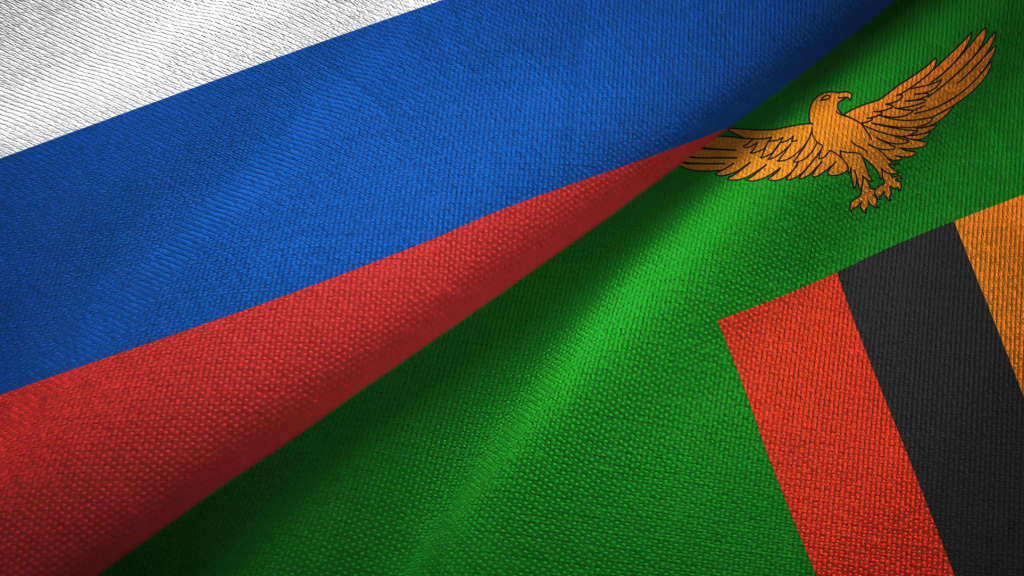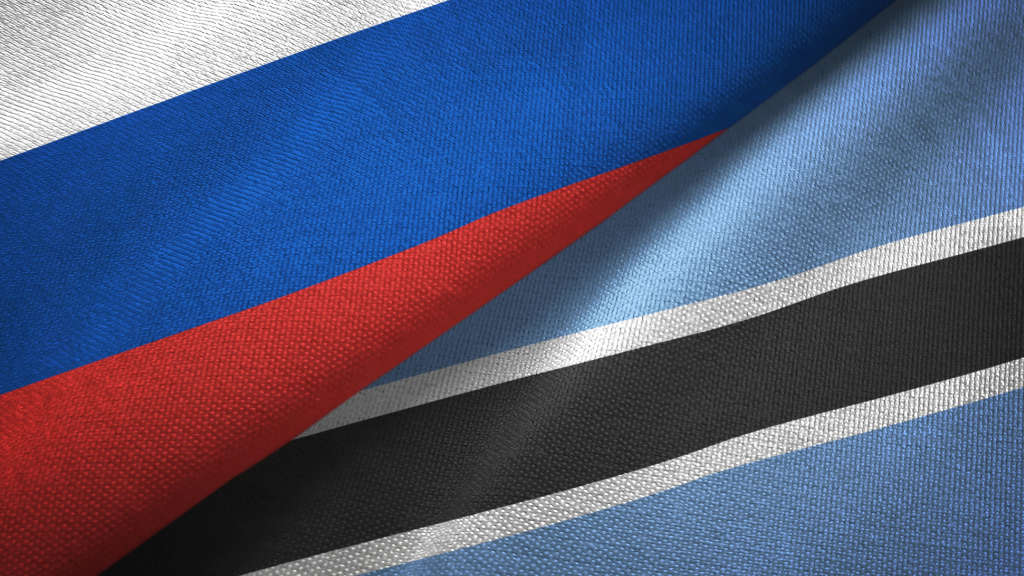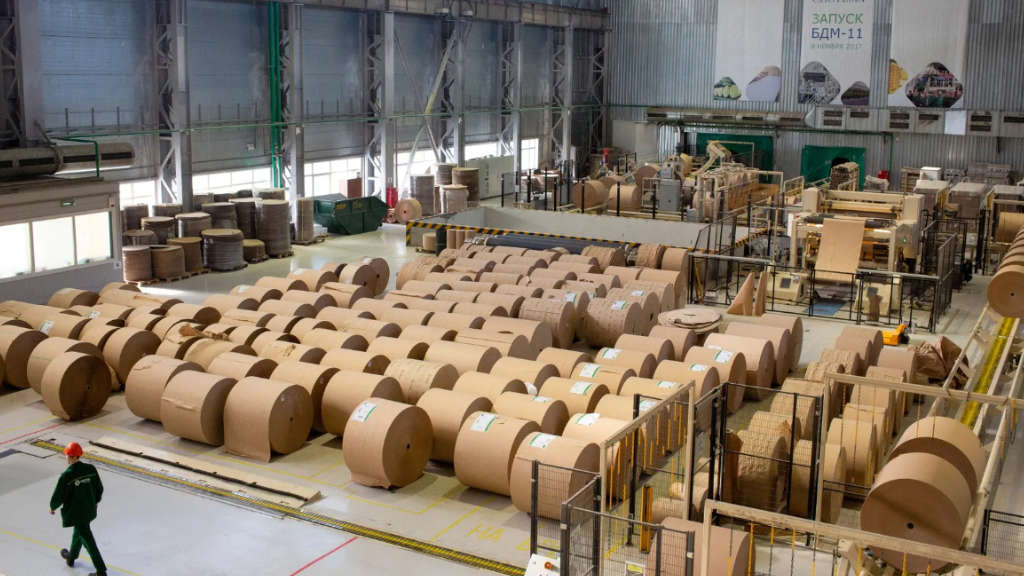Update: July 15, 2025 Pakistan’s Foreign Minister, Mohammad Ishaq Dar has also met the Russian Foreign Minister, Sergey Lavrov at the Shanghai Cooperation Organisation’s Foreign Minister’s meetings taking place in Tianjin, China. Both countries are full members of the SCO and will be discussing regional security amongst other matters. Full update here.
The Russian Foreign Minister, Sergey Lavrov, has met with Pakistan’s Foreign Minister, Mohammad Ishaq Dar in Kuala Lumpur on July 10 on the sidelines of the East Asia Summit. The East Asia Summit is a regional forum held annually by leaders of, initially, 16 countries in the East Asian, Southeast Asian, South Asian and Oceanian regions, based on the ASEAN Plus Six mechanism, plus Russia and the United States.
At the same time, Russian and Pakistani officials were also meeting at the Innoprom industrial fair event in Yekaterinburg.
Lavrov’s discussions with Dar concentrated on regional issues, with trade and security high of the agenda. Pakistan is a member of the Shanghai Cooperation Organisation along with Russia and India but has had recent military exchanges with India. The two also discussed the situation with Iran, with both countries supportive of Tehran.
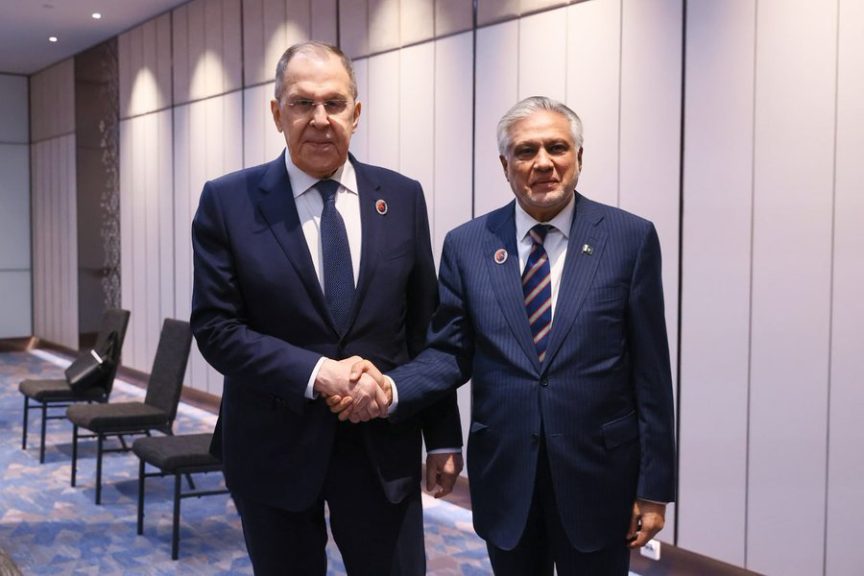
At the Innoprom event, Pakistan and Russia signed an agreement to revive and expand the Pakistan Steel Mills (PSM) project in Karachi — originally built in 1973 with Soviet assistance — signalling both countries’ commitment to their “long-standing” industrial partnership.
In May this year, Pakistan and Russia had agreed to revive PSM, which ceased its operations in 2015. The agreement to revive the defunct entity was signed at the Pakistan Embassy in Moscow by Saif Anjum, the Pakistan Secretary for Industries and Production, and Vadim Velichko, General Director of Industries Engineering LLC of Russia.
The project aims to restart and expand Pakistan’s steel production. The countries are also engaged in multiple rail connectivity projects, with direct Pakistan-Russia rail connectivity via Iran along the INSTC routes shortly to be resumed following Israel’s bombing of Iranian infrastructure.

Pakistan’s economy includes textiles and apparel, which is the largest sector and a key contributor to exports; agriculture, especially wheat, rice, cotton, and sugarcane; cement and construction; steel and metals; oil and gas; automobile manufacturing; chemicals; and information technology. Textiles remain crucial to the country’s industrial output, while agriculture continues to employ a large portion of the population despite challenges like water scarcity. The country is also focusing on expanding its IT sector, becoming a growing center for software development and outsourcing. The government is working to diversify the economy and promote growth in sectors such as cement, steel, and chemicals. Pakistan’s automotive industry is expanding with increased investment, and its oil and gas sector remains essential for energy and industrial production.
Pakistan is part of several free trade agreements (FTAs) and regional trade groups that improve its access to international markets. These include the South Asian Free Trade Area (SAFTA) and the China-Pakistan Free Trade Agreement (CPFTA), which boosts trade with China, especially in textiles, agriculture, and chemicals. The country has been a significant recipient of China’s Belt & Road Initiative investments, which have been designed to improve Pakistan’s antiquated transport and logistics architecture and help the country to industrialisation. There has been occasional resistance to these projects.
Pakistan is also a member of the regional SAARC trade agreement, which includes Afghanistan, Bangladesh, Bhutan, India, Maldives, Nepal, and Sri Lanka. It is also a member of the Shanghai Cooperation Organisation and has expressed interest in BRICS, although India’s founding membership has blocked this route at present.
In terms of Russia, Islamabad has been negotiating several logistics arrangements, including direct rail connectivity via Azerbaijan and Iran, and the resumption of direct flights between Moscow and Islamabad.
With a population of about 251.3 million, Pakistan has a GDP (PPP) of around US$1.584 trillion and a GDP per capita (PPP) of US$8000, with a projected growth rate of 2.4% in 2024.
Bilateral trade between Russia and Pakistan has been growing. In 2021, trade turnover was US$696.99 million, increasing to US$1.3 billion in 2024. Agricultural trade dominates, with Russian and Pakistan also engaging in direct barter for products such as oranges (Pakistan) and legumes (Russia). Russia has also shown interest in Pakistan’s oil industry sector.
Pakistan has been a major recipient of Chinese Belt & Road Initiative projects, with investments into the country estimated to be some US$90 billion. These are aimed at securing Pakistan’s intended future as an industrial powerhouse, although the country does suffer from Islamic extremism amongst the fallout from neighbouring Afghanistan and separatist movements in Baluchistan. If Pakistan can secure its infrastructure development and manufacturing sectors it can serve, via its Arabian Gulf ports, as a conduit for future Central Asia trade. Other planned rail developments include a north-south transit extending across Afghanistan and connecting with Uzbekistan, a project Russia and China are also keen to see develop.
Further Reading
